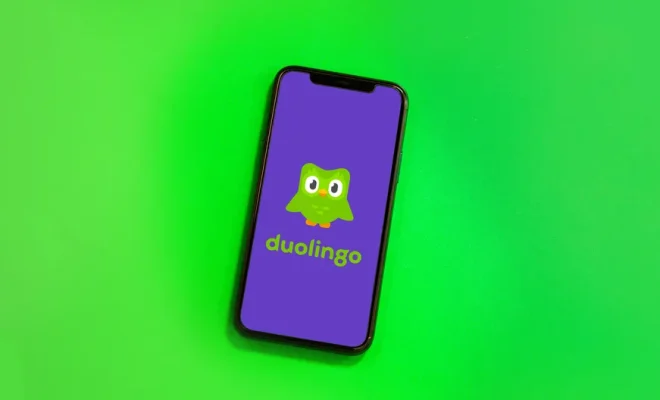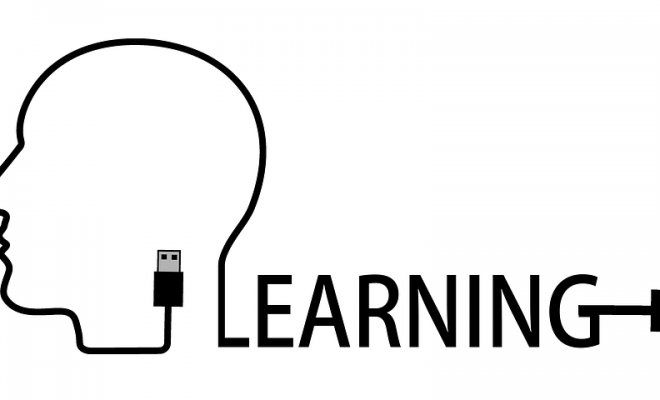Where’s Your Voice, Google Translate?

Every day 500 million people turn to Google Translate as a way to transcend language barriers. The software is free, and it’s fast. It’s also, for the most part, accurate. However, the problem I have with Google Translate, or any translation app, for that matter, is that it lacks that certain je ne sais quoi. I’m not picking on Google Translate per se; it’s just the most used translation software in the world.
It’s missing the personalization most humans crave. Google Translation has no voice, limited tone, and less style. That’s a problem when we’re teaching students about the richness of using language for communication.
Google Translate’s absent voice
I’m not talking about the sound when Google Translate pronounces an isolated word or phrase for me. I’m looking for personality. Machine-translation software tends to be shallow. There is as much style in a Google Translate block of text as there is in a five-pound bag of flour.
Don’t think I want the AI software to be clever. In my experience, cleverness often comes across poorly, especially during translations between languages. Instead, I’m looking for conscious and unique uses of language. The translator must convince me that it has explored every possible synonym and delivered the most precisely perfect word for the occasion, given the context of the rest of the words.
A little tone would be nice
Don’t get me wrong. As part of the Google Classroom Suite, the translation software does its job. It’s part of the perfect digital learning environment for any instructional setting. The problem is that Google Translate has no style, no emotion, and no tone (the attitude about a subject) – all the things speakers bring to a conversation or an essay when communicating in their native language.
There are times when I’d like to know what Google Translate is thinking. What’s the software’s take on the content?
Overcoming translation deficiencies
Denotation helps with understanding, but it’s the connotative use of words that lends voice to language. There are foreign language apps to help with this. Gamification and narratives make the lessons memorable and fun, and in the process, they encourage playfulness.
Many teachers turn to Google Translate as a quick way to get to the real meaning of a foreign word or phrase. Any translator, especially in the age of artificial intelligence, ought to be more than a digital dictionary. I want it to express emotion and wit in the way a native speaker would talk. Anything less is sterile and frankly, a bit dull.
Your students think so, too.
I’m looking forward to the day when Google expands its use of artificial intelligence in its translation services. Already the tech titan Google has been working on maintaining a speaker’s voice when translating text. The voiceprints are in the early stages of development, but it’s a beginning.
Come on, Google Translate. Speak up and show us some voice.




